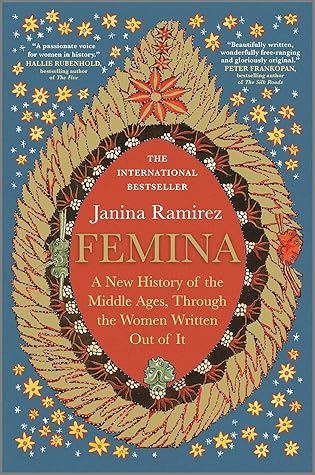In later medieval texts an arrow in the eye was symbolically the appropriate death for a perjurer; someone who had broken an oath. Harold is shown earlier in the tapestry swearing on relics, so the arrow has always been interpreted as his just deserts. The right punishment for the crime. A handful of twelfth-century sources mention an arrow, but they could have been employing a bit of artistic license, as a portrayal of what ‘should’ have happened. The selective rewriting of history to shape later moral interpretations of the past is nothing new. Harold met a grizzly death, but the arrow may
...more
Welcome back. Just a moment while we sign you in to your Goodreads account.


